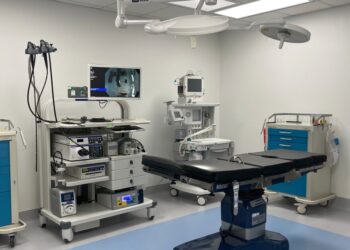Colleen DeGuzman | KFF Health News (TNS)
What do kidney and pancreas transplants have to do with airplane regulations?
Tucked into the hundreds of pages of legislative language to reauthorize the Federal Aviation Administration is a provision to change the life-or-death process by which human organs are flown commercially from donor to recipient.
But where on the plane organs are stowed during flights has been a long-standing issue for organ procurement organizations.
The sweeping measure, which is pending in Congress and faces a Sept. 30 deadline, aims to change regulations and move organs to the cabin from an aircraft’s cargo hold. Organizations managing organ transport consider it an opportunity to secure legislative relief from a system they say adds more hurdles to the task of shipping organs.
It used to be that a member of a transplant team could take a packaged organ to a plane’s gate and hand it off to the aircraft’s crew, who would stow it in the cockpit or on the flight deck. This access “allowed us to really expedite the process,” said Jeff Orlowski, president and CEO of LifeShare Oklahoma, a nonprofit organ procurement organization in the state. But the terrorist attacks of 9/11 led to tighter security protocols, including a rule that permitted only people with tickets to go through Transportation Security Administration checkpoints.
“In our case, we don’t have a ticket,” said Casey Humphries, logistics service line leader of the United Network for Organ Sharing, the nonprofit contracted by the federal government to manage the nation’s transplant system. “We’re not booked as a passenger on a plane,” she said. Instead, they’re part of the relay network bringing the organs to people in need. Airport employees who work behind security checkpoints have an airport badge and usually get in through a designated entrance.
Another consequence of the 2001 policy changes was that donor organs flown on commercial airplanes — which…
Read the full article here







